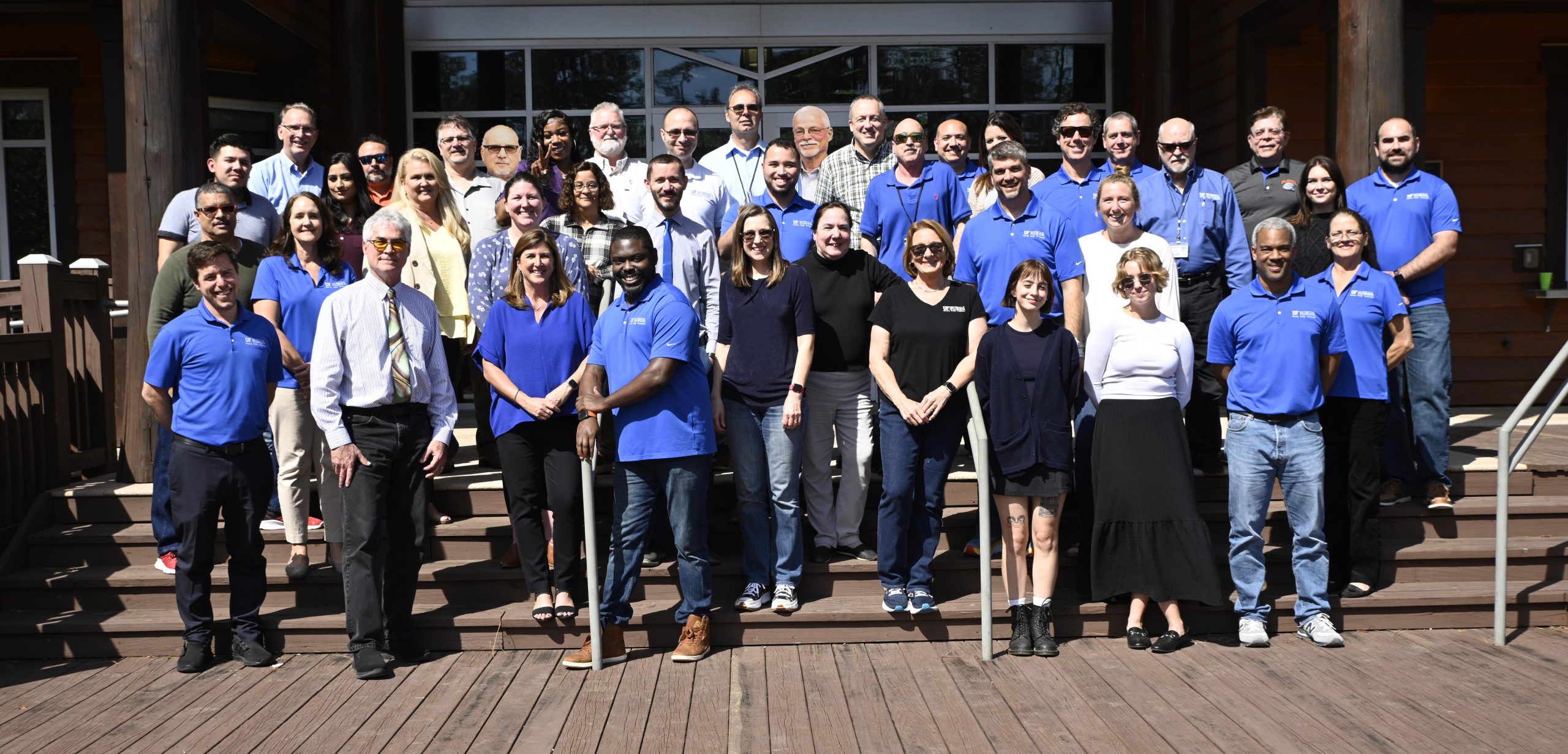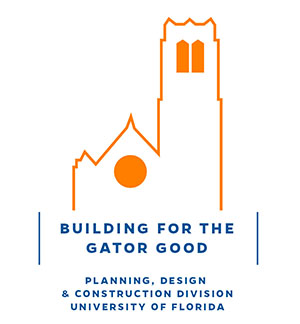- Homepage
- Lake Alice Watershed Management Plan
- About the Project
- Project Overview
Project Overview
A Watershed Management Plan is a comprehensive collection of strategies, policies and projects designed to conserve, restore and protect the health of a watershed. At the University of Florida, a majority of the main campus is within the Lake Alice Watershed. The creeks, ponds and wetlands on campus drain to Lake Alice, and it also receives inputs from stormwater runoff, inter-storm discharges, irrigation water and direct rainfall.
Watersheds are complex, interconnected systems, and the purpose of the Lake Alice Watershed Management Plan is to collaboratively provide a holistic, cohesive framework for campus stormwater management that will address current needs and future expectations of the university while maintaining the watershed’s ecological balance. This study also goes beyond a typical WMP through inclusion of a corrective intervention evaluation and technical memorandum that identifies, prioritizes, and develops specific conceptual recommendations for the three highest priority areas experiencing flooding and the three highest priority areas experiencing erosion.

The main campus is divided between four drainages: Lake Alice, Tumblin, Hogtown, and multiple internally-draining basins. Lake Alice is internally drained to the Upper Floridan Aquifer by drainage wells.
The Lake Alice Watershed is approximately 1,000 acres and is characterized by significant topography and a great deal of impervious development — that has occurred over more than 100 years. Absent a stormwater management framework, efforts to improve the watershed have primarily addressed immediate needs and problems. This project intends to look at the watershed with an interdisciplinary approach to examine how several elements, such as land development, biodiversity, water quality and human activities, impact each other and the watershed.

UF Aerial 2017
The development of the WMP includes: facilitation and public engagement, data collection and analysis, stormwater inventory and modeling, and corrective intervention recommendations. Facilitation and public engagement was identified as a critical component of this project because of the array of stakeholders that use or are impacted by decisions involving the lake and stormwater management (ex. faculty, students, staff, community members, the city of Gainesville).
Lake Alice and the watershed have been studied and reported on for decades, and these data provide information on water quality, quantity, and decisions that have been made that influence the stormwater system and lake. These data, reports, and articles are being compiled and evaluated to document management decisions, impairments, and changes in the watershed that should be considered in development of the WMP.
In addition to collecting existing data, this project is using stormwater modeling to identify and prioritize areas for corrective interventions. This includes updating and refining the existing model for the Lake Alice Watershed based on new development and further basin subdivision. This modeling will then be used to simulate storms to identify areas with insufficient capacity, flooding, erosive velocities, and sedimentation. Additionally, modeling will be used to assess the anticipated future conditions with and without interventions.
Following modeling, identified problem areas will be prioritized to determine the three highest priority areas with respect to both flooding and erosion with specific conceptual recommendations and cost estimates developed for these areas.
Collectively, the developed and gathered information and feedback received as part of the facilitation process will then be used to draft a comprehensive WMP that makes recommendations for stormwater management, planning, policy, maintenance, vegetation, water quality, and funding.
The anticipated timeline for the project is below:








